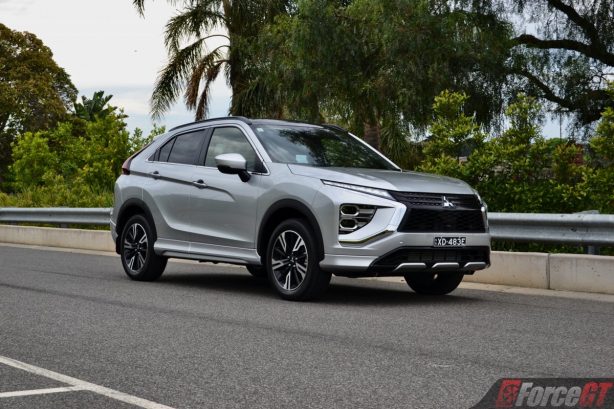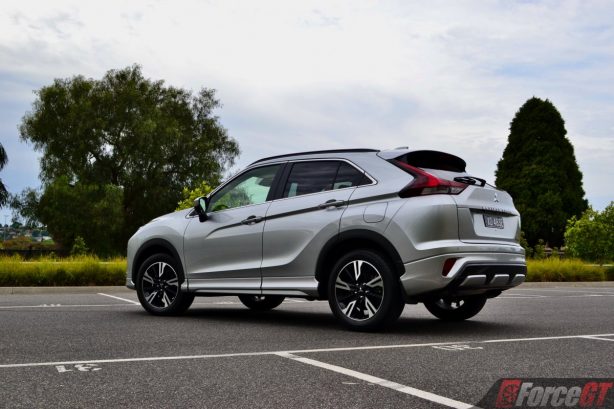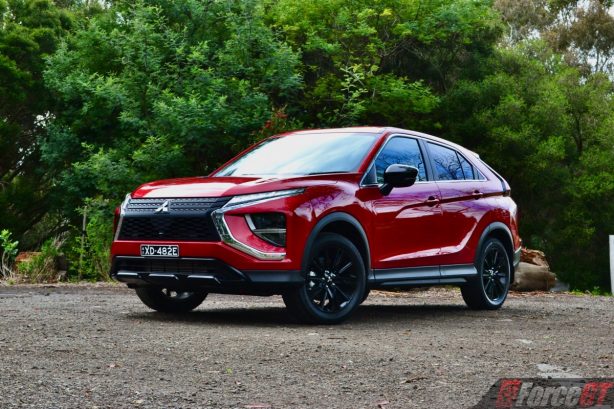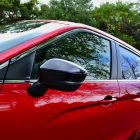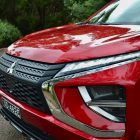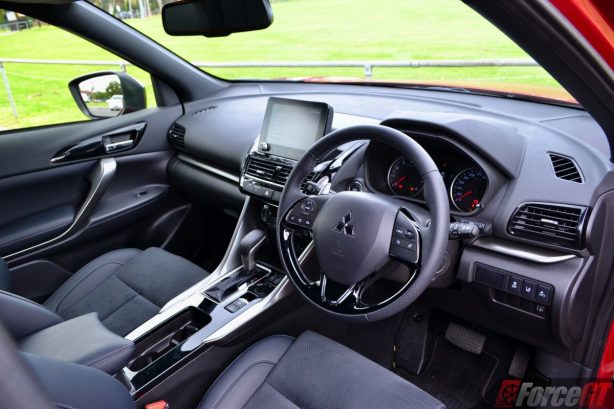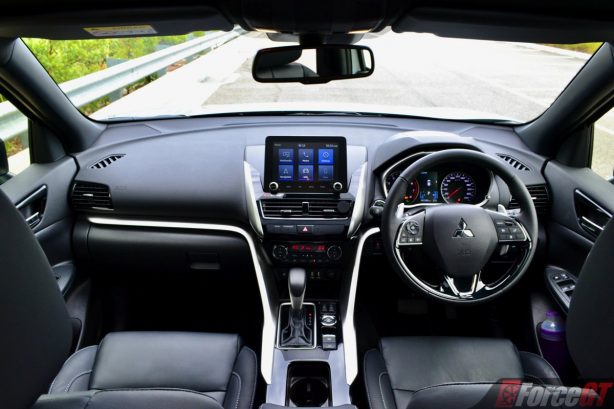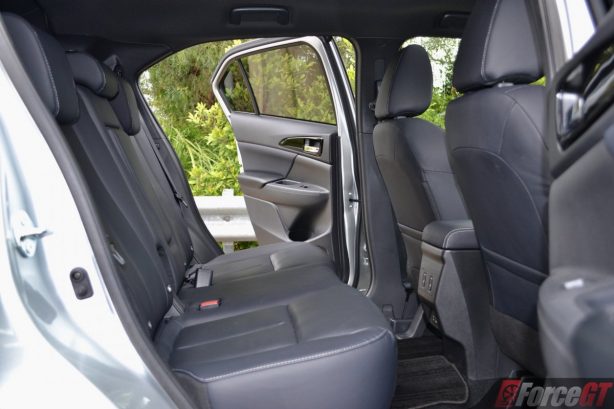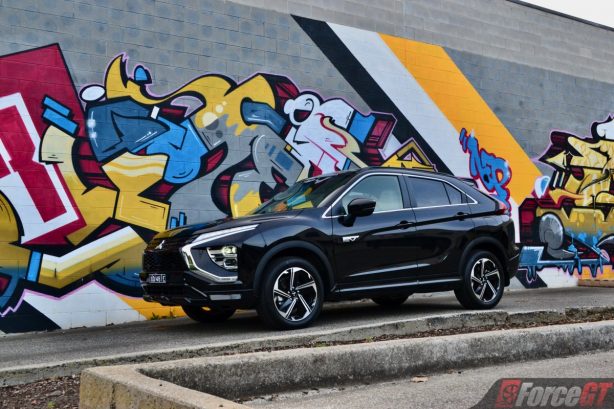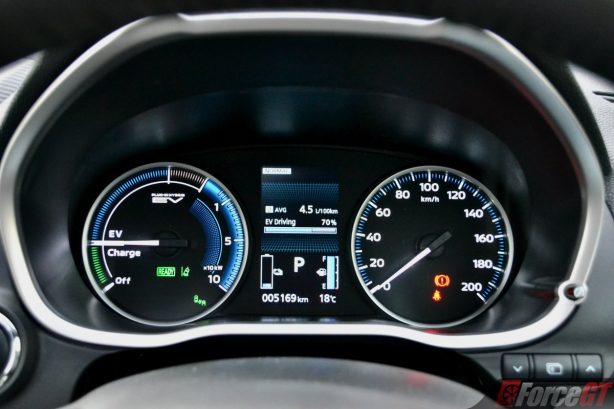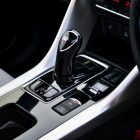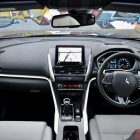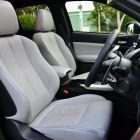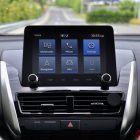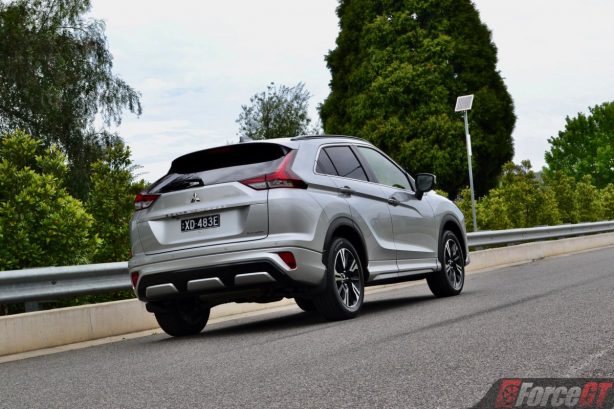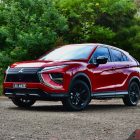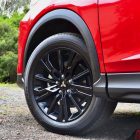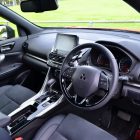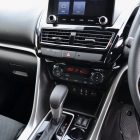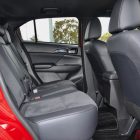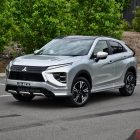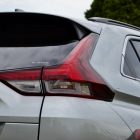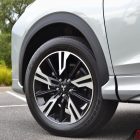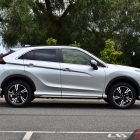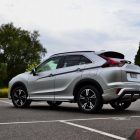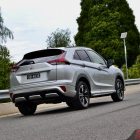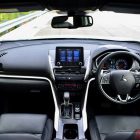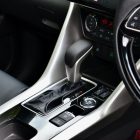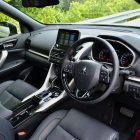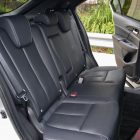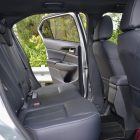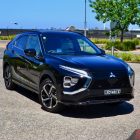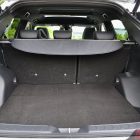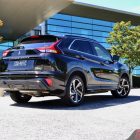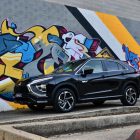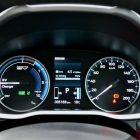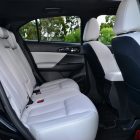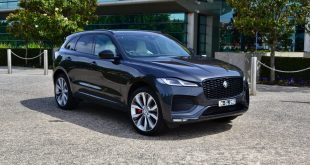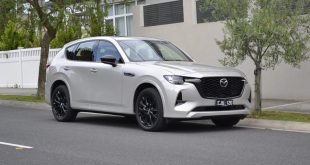It has been six years since the first ever Mitsubishi Eclipse Cross graced showroom floors. Since then the compact SUV has undergone one major refresh and several stepped improvements. In the segment, a few competitors have moved on to new generation models and new players have entered the market.
As one of the pioneers of the ‘bridging’ SUV class – a model designed to plug the gap between the small crossover and the midsize SUV, the Eclipse Cross is still a relatively popular choice amongst singles, couples, young families and empty nesters. The updates it’s had over the years have managed to keep it fresh in this highly competitive segment. But with so many options out there, should the Eclipse Cross remain high on your consideration list?
To find out, we drove three varied models in the line-up – the $35,990 Eclipse Cross Black Edition, the $43,490 Eclipse Cross Exceed AWD and the $56,490 Eclipse Cross Exceed Plug-in Hybrid (PHEV) AWD.
Despite its age, the Eclipse Cross still looks quite modern, thanks to the facelift in 2021 giving it new front and rear fascias with cleaner and bolder styling. Blending in with the base design of crisp lines and taut proportions, the rejuvenated look aligns the car with Mitsubishi’s current design theme of muscular modernity.
The Black Edition is mainly a cosmetic treatment applied on the Eclipse Cross through black-accented features like the black 18-inch alloy wheels, black mirror caps and black lower cladding on the front and rear bumpers.
The interior of the Eclipse Cross has also aged well, with overall ambience and material quality still good. However, some switchgear and interfaces are really starting to feel dated. The climate control for instance still uses buttons instead of knobs for adjustment, the instrumentation cluster still doesn’t display a digital speedometer, and the centre touchscreen display interface looks a generation behind key rivals in the segment.
Unlike the larger Mitsubishi Outlander which uses the latest cabin tech from the Mitsubishi-Nissan-Renault alliance, the Eclipse Cross is still stuck with tech that pre-dates the formation of the alliance in 2017.
Specification wise, the Black Edition is largely based on the mid-tier Eclipse Cross LS trim. It features an 8.0-inch touchscreen infotainment display that supports wired Apple CarPlay and Android Auto, as well as DAB+ radio. There’s a single-zone climate control with heating for the front seats, which are upholstered in suede and leather. There’s also electric adjustment for the driver seat.
Safety tech in the Black Edition is adequate but not the most up-to-date. It has 7 airbags, cruise control, reverse camera and rear parking sensors, lane-departure warning, blind-spot monitoring, rear-cross-traffic alert, automatic high beam and automatic emergency braking.
The Exceed grade sits at the top of the range and brings with it added features such as full leather upholstery, head-up display, built-in satellite navigation, dual-zone climate control, electrically adjustable front seats, rear seat heating, dual sunroofs and powered tailgate. For safety, it adds adaptive cruise control, surround view cameras and misacceleration mitigation system.
Cabin comfort remains a strong selling for the Eclipse Cross. The seats are some of the most comfortable in the segment and there’s plenty of head, shoulder and legroom for both the front and back rows of seats. There isn’t much of a centre hump in the back which the rear middle passenger will surely appreciate. Unlike some other SUVs, the dual sunroofs in the Eclipse Cross don’t impede much on rear headroom either thanks to the car’s square and tall roof.
Boot space is listed at 405 litres, expandable to 1172 litres with the rear seats folded. The PHEV’s boot is smaller at 359 litres, and as the rear seats don’t fold completely flat the maximum space is also significantly less at 626 litres.
Non electrified versions of the Eclipse Cross such as the Black Edition and Exceed variants tested here are powered by a 1.5-litre turbocharged four-cylinder petrol engine. It’s rated at 110kW and 250Nm, the latter available between 2000 and 3500rpm. Driving through a continuously variable transmission (CVT), power is channeled to either the front axle only in the case of the Black Edition or both axles for AWD models like the Exceed.
Regardless of the drivetrain format, this small turbo engine always feels punchy and eager right from the get go, with the strong midrange torque providing decent power for overtaking or cresting a hill. The CVT is well calibrated to extract the most out of the engine, keeping revs low for optimum efficiency when left to its own devices. It only flares up the revs under a heavy throttle, typical of a CVT, but because the engine is relatively refined and muted it doesn’t feel as intrusive as other less polished CVT-equipped drivetrains.
The PHEV model utilises a 2.4-litre naturally-aspirated four-cylinder petrol engine which is paired with dual electric motors – one on each axle giving it all-wheel drive capability. Mitsubishi quotes power figures as 94kW / 199Nm for the engine, 60kW / 137Nm for the front electric motor and 70kW / 195Nm for the rear electric motor. Combined system output isn’t available.
The PHEV supports AC Type 2 and DC CHAdeMO fast charging. The former takes between 3.5 and 7 hours to fully charge the battery, while the latter is much quicker at just 30 minutes. Fully charged the car is capable of 55km in electric-only range.
The car always defaults to using electric propulsion for as long as the battery has charge remaining. However, you can override this and use engine power to preserve battery charge for later use. For example, you might want to do this is on the freeway where engine propulsion is economical and battery charge can be saved for use later in a more urbanised environment where using the engine is less efficient. You can also choose to use engine power as a generator to top up battery charge as you drive along.
Leaving everything up to the electronics, the PHEV does a pretty good job of managing power transfer to the wheels, with the transition from electric to engine power almost seamless. It’s mostly refined and quiet, regardless of what’s happening under the skin. The only complaint from us is that when reversing (in electric drive) the motor makes quite a whine which isn’t that nice.
As a compact crossover the Eclipse Cross, regardless of variants, handles remarkably well in urban setting. The well tuned suspension delivers good ride comfort over undulating surfaces. The car’s composure around the bends isn’t too shabby either. Granted, the steering is a little dull on feedback and response, overall it’s still quite a thing to chuck around town and on the occasional backroads.
With selectable drive modes to cater for varying terrains (called Super All-Wheel-Control or S-AWC), all-wheel drive models afford better traction on slippery surfaces, useful for those who frequent the snow mountains.
Verdict
Design & Comfort
Performance & Handling
Quality
Economy
Equipment & Features
OUR SCORE
3.8/5
+ Plus
- Practical interior
- Good ride/handling balance
- Class-leading conditional warranty
– Minus
- Dated interior and infotainment system
- Price premium for PHEV model
- Rivals are more modern
Overall
The Mitsubishi Eclipse Cross may be older than many rivals in the segment, stepped improvements over the years mean it still has some life left to go, but not for long. Facing a strong competition set, the Eclipse Cross is in need of some major overhaul to its cabin tech, especially to the dated infotainment system and driving instrumentation.
Those aside, the Eclipse Cross is a fine urban SUV scoring high on practicality and drivability. It should also offer a no-fuss ownership for many years. But if you’re in doubt you can have the standard five-year 100,000km warranty increased to 10 years and 200,000km as long as you service it within the Mitsubishi dealer network. For some that might just be enough to seal the deal.
2024 Mitsubishi Eclipse Cross pricing and specification
| Price (excluding on-road costs): | From: $31,490 As tested: $35,490 (Black Edition) $42,990 (Exceed AWD) $55,990 (PHEV Exceed) |
| Warranty: | 5 years/100,000km |
| Warranty Customer Assistance: | 1 year roadside |
| Service Intervals: | 12 months/15,000km |
| Country of Origin: | Japan |
| Engine: | Petrol: 1.5-litre turbocharged four-cylinder engine: 110kW / 250Nm PHEV: 2.4-litre Atkinson cycle four-cylinder petrol with multi-point fuel injection: 94kW @ 4,500rpm, 199Nm @ 4,500rpm Front electric motor: 60kW / 137Nm Rear electric motor: 70kW / 195Nm |
| Transmission: | CVT / Single fixed (PHEV) |
| Drivetrain: | Front / All-wheel drive |
| Combined Fuel Consumption (L/100km): | Petrol 2WD: Claimed: 7.3/Tested: 8.1 Petrol AWD: Claimed: 7.7/Tested: 8.6 PHEV: Claimed: 1.9/Tested: 4.6 |
| PHEV Pure Electric Range: | Claimed: 55km/Tested: 42km |
| RON Rating: | 91 |
| Fuel Capacity (L): | Petrol: 60, PHEV: 45 |
| Body: | 5-door SUV, 5-seats |
| Safety: |
|
| Dimensions (L/W/H/W-B): | 4,545/1,805/1,685/2,670 |
| Boot Space (min/max) (L): | Petrol: 405/1172, PHEV: 359/626 |
| Kerb Weight (kg): | 1,490 – 1,890 |
| Towing Capacity (kg): | Braked: 1,600 (PHEV 1,500)/Unbraked: 750 |
| Entertainment: |
|
 ForceGT.com Car News, Car Reviews, Video Reviews, Tuning and much more.
ForceGT.com Car News, Car Reviews, Video Reviews, Tuning and much more. 